Pinot blanc is an old, white grape variety used in winemaking. It originates from France but is also grown in the Czech Republic, Austria, Germany, Slovakia, Italy, Switzerland, South Africa, the US, Canada, Hungary, Luxembourg and elsewhere. The variety is also known as Fehér Burgundi, White Pinot, Weissburgunder, Klevner, Rulandské Biele. There are 3 variations of Pinot blanc - Pinot blanc précoce, Pinot blanc d'Alsace, Pinot blanc vrai.
As with all other wine types, Pinot blanc has its own distinct characteristics. The leaves of Pinot blanc are medium-sized, dark green colored. They are tripartite or pedate. The grape cluster is relatively small, weighing about 3.5 oz (100 g). It is compact and dense, with a cylindrical or conical shape. The grapes are spherical, medium-sized, each weighing about 0.05 oz (2 g). They are green colored but possess a pink or yellow tinge. The flesh is watery with a delightful taste. Pinot blanc fruits are used to make a dry, light white wines.
To grow Pinot blanc, we have to consider the conditions required for the variety. Pinot blanc requires south facing terrain to thrive. The best harvests are obtained from hills with warm, fertile soils. If these conditions are met, the vines will develop successfully.
These vines belong to the early blooming group. They are characterized by a medium growth rate and excellent yield. Pinot blanc possesses both positive and negative characteristics. It is capable of withstanding the spring frosts and is not affected by the low temperatures but is susceptible to fungal infections, mold and grapevine downy mildew.
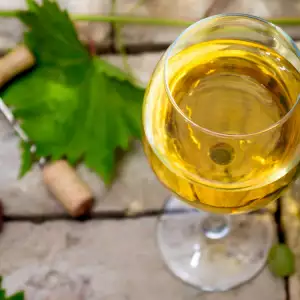
History of Pinot Blanc
Pinot blanc originates from France. It is believed to be a genetic mutation of Pinot gris and Pinot noir. In Alsace, it is often called Klevner. Pinot blanc is frequently confused with Chardonnay. But in the 2nd half of the last century, the decision was made that the 2 were different. In 1996, the wine was labeled as a white version of Pinot noir.
Characteristics of Pinot Blanc
This grape variety is used to produce white wines that are distinguishable by their clear, yellowish color. Green tones are sometimes seen as well. They are dry and light. The wines are characterized by a prominent freshness. Their flavor is a delicate reminder of apples or peaches, with spicy nuances present at the same time. The rule is to drink them without aging them. It is not common practice to store them in wineries and cellars for extended periods. Of course some producers do age them. The result is wines with superb honey colored tones.
A bottle of wine produced from this French variety also offers grape elixir enthusiasts a complex aroma of citrus fruits and flowers. Pinot blanc is stored in various kinds of containers. However, the more refined variations are placed in oak barrels. The acidity is medium level in this type of wine. It is light and delicious, a real treat for wine lovers.
Serving Pinot Blanc
Before serving Pinot blanc, you have to cool it. Aim for a temperature of about 50°F (12 °C). To make its presentation even fancier, choose a suitable vessel to reveal its best qualities. You can pour it into a standard white wine glass with a foot. It broadens gradually toward the bottom, then narrows just as gradually toward the stem. It narrows gradually toward the top as well. Thanks to this shape, the wine can be drunk in bigger sips.
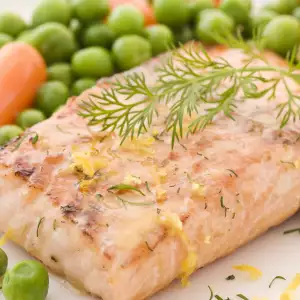
If you cannot find such a glass, you can use a glass for young white wines just as effectively. It has an elongated shape and is reminiscent of a tulip. Thanks to this structure, the aroma of young white wines can be maintained longer. When drinking, the alcohol falls right on the tongue. This type of glass lets one sense the sweetness of the wine. The acidity can be picked up a little later on. Whichever of the 2 types of glasses you choose, you can't go wrong, since they will completely engulf you in the charm of this grape elixir.
When picking something to pair the wine with, you can trust your own imagination and culinary preferences. The fact is, this type of alcohol can be combined with a myriad of foods and goes well with just about anything. But according to gourmet chefs, the best combo is that between Pinot blanc and fish dishes. If you would like to try this out, you can try it with miller's white fish, breaded white fish, boiled mackerel in cream or baked trout with capers.
The wine is also excellent with specialties of various bird meats. You can try French-style chicken with chestnuts, chicken in parchment paper or chicken with apples. Fresh salads are also preferred. Try a chicken salad with walnuts and mushrooms, a warm salad with potatoes and capers, cauliflower and olive salad, cabbage salad with mayonnaise or a salad with ramsons, green onions and eggs. Combine Pinot blanc with different cheeses too but know that soft cheeses are most preferable.
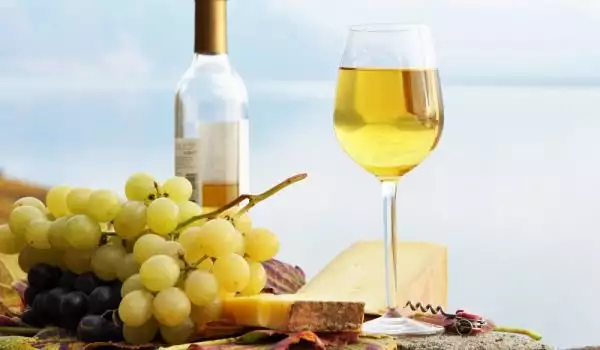

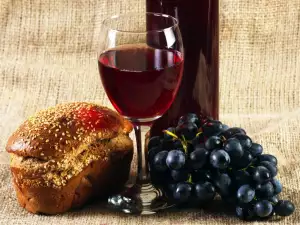


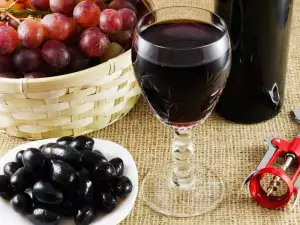
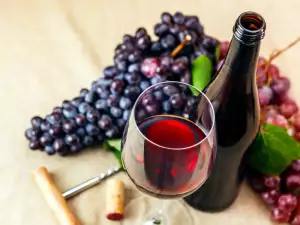

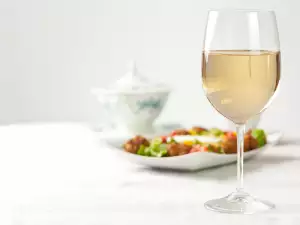
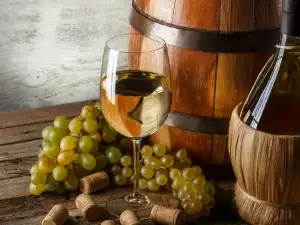




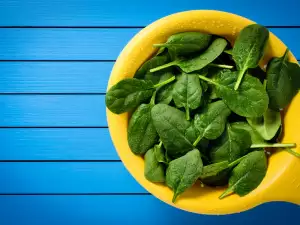

Comments